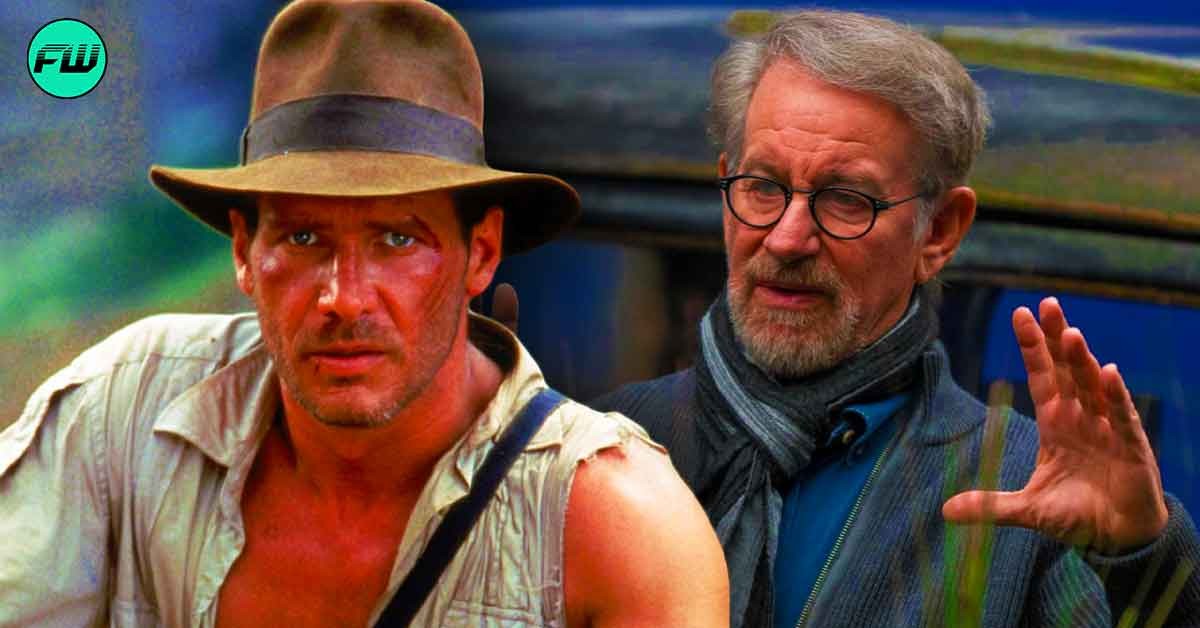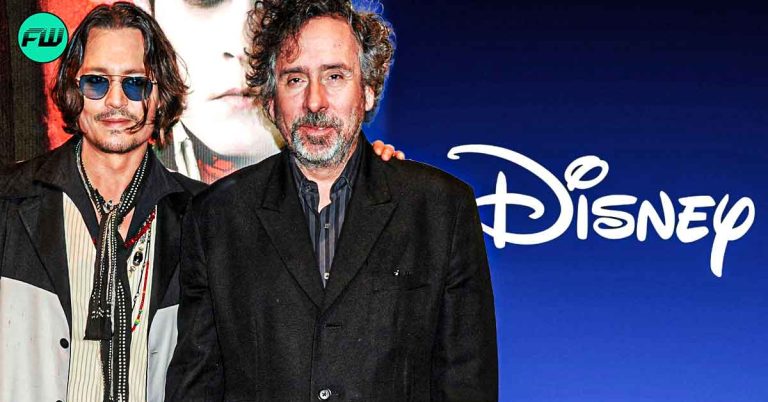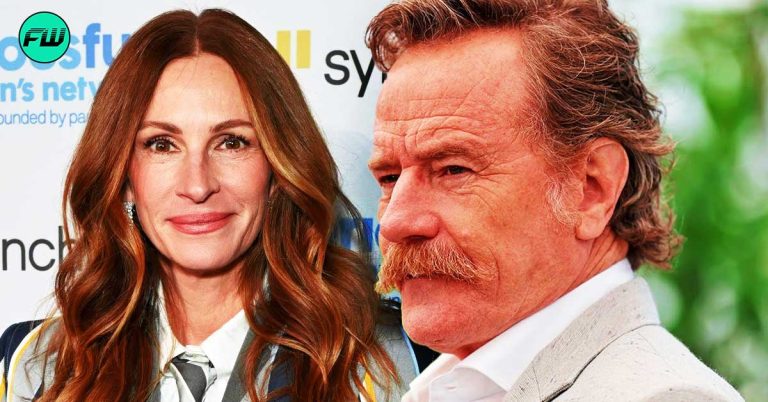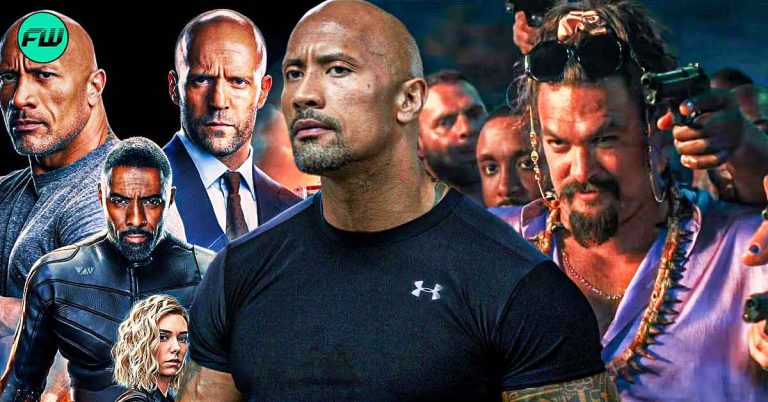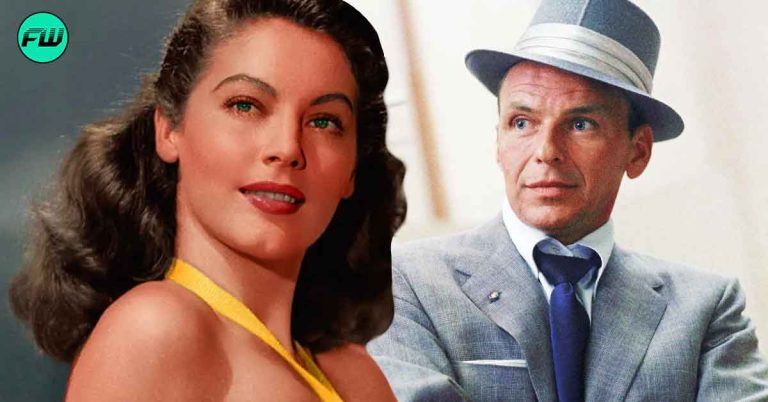Steven Spielberg’s iconic adventure film Raiders of the Lost Ark which was released in 1981 and is considered a sequel to The Young Indiana Jones Chronicles. Solidifying a special place in the hearts of the audiences with its thrilling scenes, including one where Indiana Jones (played by Harrison Ford) discovers the Well of Souls, an ancient underground chamber believed to house the legendary Ark of the Covenant. However, this chamber had become a nesting ground for cobras and other venomous snakes, presenting a challenge for Indiana Jones, who suffers from ophidiophobia (fear of snakes). Nonetheless, he manages to retrieve the Ark. However, the journey to it wasn’t exactly an easy one.
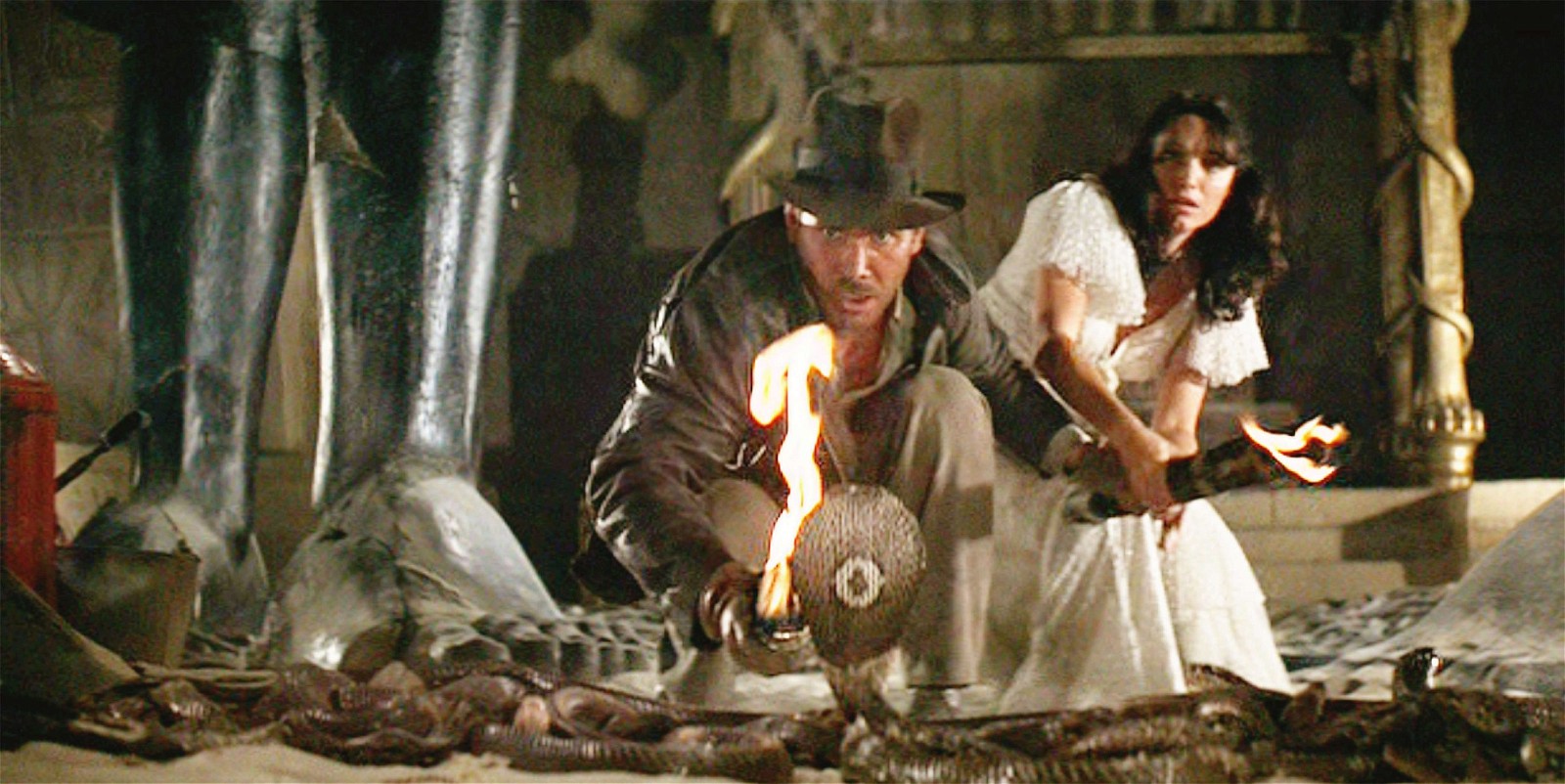
Because, behind the scenes, the crew faced their own set of challenges working with the snakes. Reportedly, a combination of real and rubber snakes was used during filming, with the snakes appearing unusually active and exposed instead of seeking hiding spots as they typically would.
Indiana Jones producer revealed why it was necessary to have antivenom serum on the sets
In a documentary titled Indiana Jones: Making the Trilogy released in 2003, producer Frank Marshall revealed that the snakes on set genuinely frightened many crew members. As a precautionary measure, antivenom serum was readily available in case any of the cobras exhibited aggressive behavior. John Rhys-Davies, an actor in the film, confessed to always being uneasy around snakes due to his lifelong fear of them. In fact, Marshall, too, had to confront his own fears in order to coordinate the handling and placement of the snakes during filming.
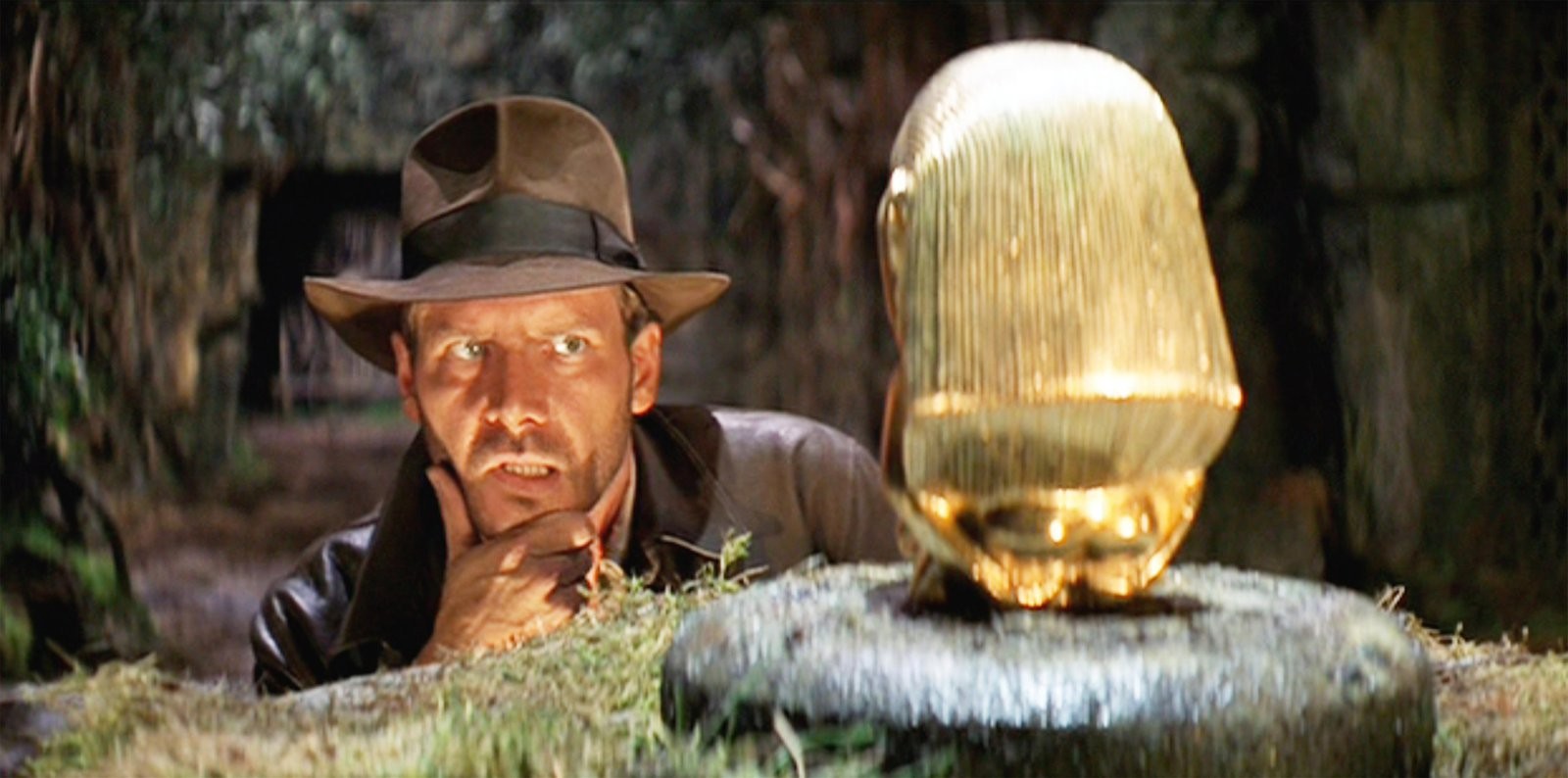
To fulfill Steven Spielberg’s vision for the snake-infested chamber, the crew initially faced challenges in covering the ground adequately with snakes. In on-set footage from 1979, Spielberg can be heard requesting an additional 7,000 snakes on top of the 2,000 already present. Responding to the director’s determination, Marshall assembled more snake experts and eventually managed to achieve the desired effect.
Although the snakes used in the film were not poisonous, they were still capable of biting. During production, the film’s first assistant director, David Tomblin, was bitten by a snake that refused to release its grip. Fortunately, both Tomblin and the snake emerged unharmed from the incident. However, when the venomous cobras were introduced to the set, the atmosphere shifted dramatically. Stringent safety measures were put in place to protect the handlers and ensure everyone respected the potential danger these deadly creatures posed. Marshall said,
“The day that the cobras arrived, everything changed. Everybody was very serious about the cobras being there. We had antivenom serum, we had a lot of protection for the handlers. And even the actors were very respectful of these snakes. Because they were deadly.”
Moreover, surprisingly, in one memorable scene, Harrison Ford and a hooded cobra were separated by a pane of glass, creating the illusion of a threatening encounter.
When Steven Spielberg himself got frustrated with the snakes
Harrison Ford, unlike his character Indiana Jones, harbored no fear of the snake. Producer Kathleen Kennedy recalled a chilling moment when the hooded cobra attacked, spraying venom across the entire glass pane. This incident served as a sobering reminder of the risks involved during the production.
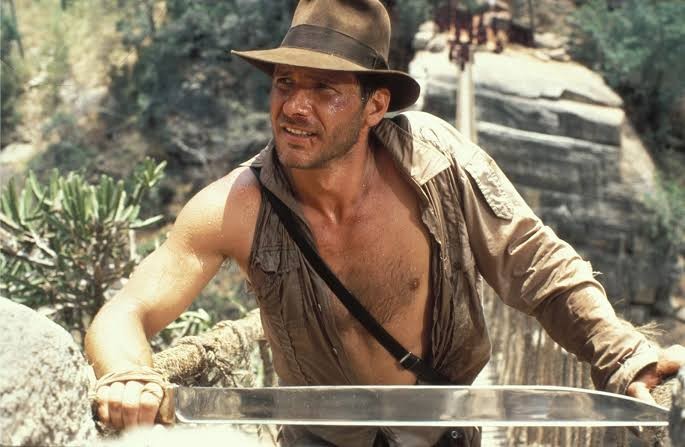
Spielberg encountered further challenges when the snakes, contrary to their script behavior, were attracted to the warmth of on-set torches. In amusing behind-the-scenes footage, the director is seen holding a snake and expressing his frustration with its affinity for fire. However, the snakes eventually cooperated, allowing Spielberg to capture the scene as envisioned. Spielberg said,
“You don’t like fire, or you do like fire? … You love fire? In the script, you’re supposed to hate fire! Why do you like fire?! You’re ruining my movie!”
It’s worth noting that the film included boa constrictors, which are native to the Americas, despite the scene being set in northern Africa. This discrepancy may be attributed to creative license rather than an adherence to regional animal populations. In the end, the hard work and precautions paid off, and Raiders of the Lost Ark became a timeless adventure film loved by audiences worldwide.
Source: Slash Film

